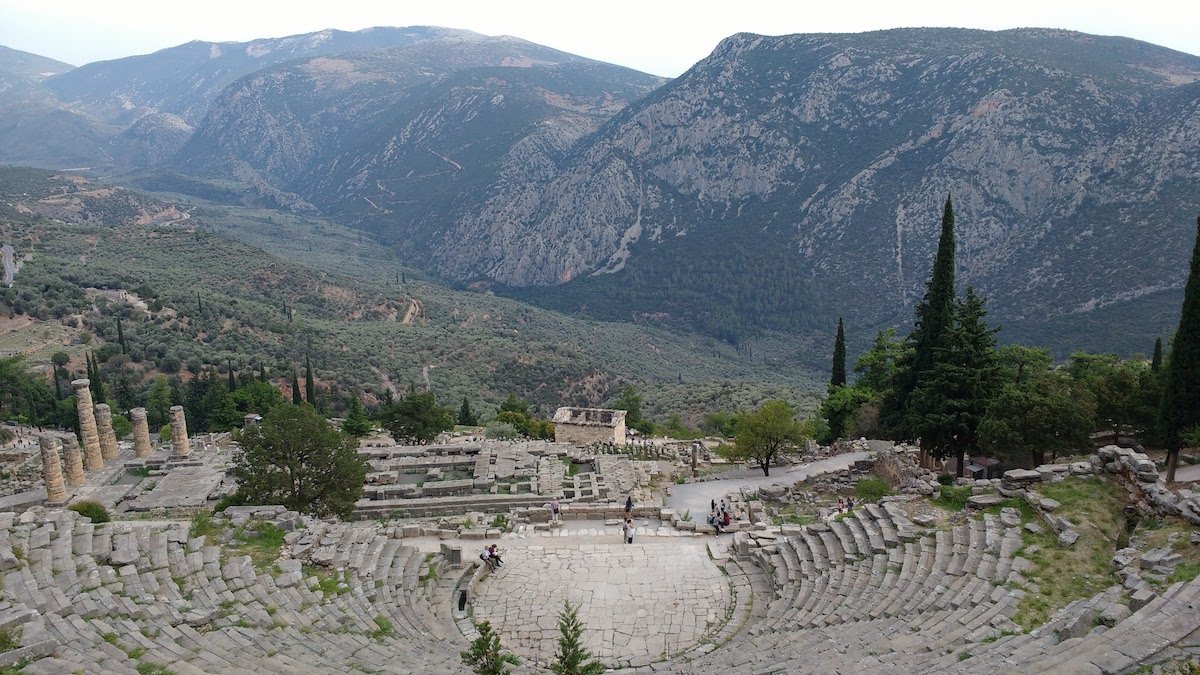7 Reasons Why Shoulder Season Is The Best Time To Plan A Vacation
Among the many facets when planning a trip, your travel time frame is one of the most fundamental aspects that impacts your trip’s cost, availability, and quality of experience. You may wonder what the best time of year to travel or plan a vacation is, but that is entirely dependent on your intended location. One potential answer to that question is: shoulder season.
Photo credit: Maura Bielinski
What is the shoulder season for travel?
'Shoulder season' is the time period between a destination’s peak travel season (highest percentage of annual visitors) and off-season (lowest percentage of annual visitors). Shoulder season is that sweet spot, sitting pretty between the heaviest tourism flow and the ghost-like aura of a shut-down destination. It is the headache-free travel interval that could upgrade your trip in a way you hadn’t expected!
7 Reasons Why You Should Travel in the shoulder season
Lower travel expenses
The most common and blatantly attractive reason to travel in the shoulder season: you are far more likely to score better deals, cheaper flights, lower accommodation costs, and deeper discounts. Flights average 23% cheaper when booked for the shoulder season rather than peak travel times.
More options and availability
Logistics get so much simpler because you are no longer competing with travelers who have their eye on the same destination. The sold-out historical site admission tickets, the booked-a-year-in-advance resorts, and the completely-full events are all too common during peak travel season. Shoulder season offers wiggle room, space, and more booking options for accommodations, flights, activities, and events. The consumer has more of an upper hand in choice and flexibility during the shoulder season, too.
Photo credit: Maura Bielinski
Fewer crowds
Who wants to wait in a line three blocks long wrapped around the Sistine Chapel? Who wants to share tight square footage at the beachfront? Most likely, not you. Travel can be a great way to meet new people, but at the same time, we are all trying to experience the world for ourselves. The shoulder season offers a quieter experience where you don’t have to be fighting with other tourists over the same travel experiences. There is also a lower chance of flight delays and cancellations.
More intimate travel experience with the destination
In the quieter season as tourism slips away, you have the opportunity to more intimately connect to your surroundings in peace and quiet. The hustle and bustle of peak travel is entertaining and lively, but something about the natural state of the destination—without other travelers—offers a deeper perspective and a potentially more real version of it. In the shoulder season, the locals can resume their authentic lifestyle and local customs, and the showy layers of tourist traps, merchant shops, and performances for worldwide visitors drops away like a veil.
More authentic and positive interactions with locals
In the shoulder season, you are far more likely to have positive interactions and experiences with local people. You are a bigger fish in a smaller pond. They may be more receptive and joyful to receive you into their town, shop, and hotel, simply because there are fewer tourists flooding the area. You are more likely to receive genuine curiosity and attentive treatment, whereas in peak season, local bandwidth may be tautly stretched and patience is worn thin. (Who can blame them?)
Mild weather and climate
For many destinations, peak travel season is synched with high summer or high winter (think winter at Jackson Hole Ski Resort and summer in Hawaii). These peak periods often line up with extreme weather conditions, with both the highest and lowest temps, that suit the recreational activities that draw people there. By choosing shoulder seasons of spring and fall, you could avoid the most extreme temperatures, and have milder and more pleasant weather.
Photo credit: Maura Bielinski
Sustainability and support for local economy
If you are seeking an altruistic edge in your choice to travel in the off-season, spreading out tourism over the entire calendar year (as opposed to their busy two or three seasons) helps to balance out the local economy. We love the way Insight Vacations explains why off-season travel is healthy for the planet and local community.
Warning about shoulder season
On the other hand, because the local community takes a step away from tourism once peak season dies down, travelers should double-check availability, reservations, and accessibility if you have specific landmarks and activities in mind during shoulder season. There could be shorter hours, temporary closures, or restricted access when peak season dies down.
Where should you travel in the shoulder season?
What kind of trip are you seeking? What kind of adventure, climate, destination, travel budget, travel companions, and trip duration are you working with? Do you have a specific destination in mind, or do you have a specific time of year you want to travel? Your time frame would be dependent on your travel priorities and intentions.
If you are looking to travel at a certain time of year, consider these destination options in order to truly enjoy shoulder season!
Photo credit: Maura Bielinski
Best Places To Travel In The Spring (March–May)
Reykjavik, Iceland: As winter fades and warmer temps arrive, you can enjoy the great outdoor beauty sans fellow tourists.
Cairo, Egypt: Warm temps and little rainfall make springtime a great time to visit Egypt without crowds.
Grand Canyon National Park: Avoid deathly hot temps and the 500,000 monthly visitors who flood the canyon rims in the busy summertime!
Best Places To Travel In The Summer (June–August)
Southern Vietnam: Dry, warm weather with fewer crowds than the peak winter season.
Rajasthan, India: If you can handle some summer heat, you will be able to enjoy the many local festivals without heavy tourism.
Best Places To Travel In The Fall (September–November)
Barcelona, Spain: Enjoy lingering warm weather and quieter streets without the insanity of the summer travel season.
Mykonos, Greece: Enjoy the warm waters and beaches without sharing them with the summer traffic!
Cape Town, South Africa: Wine season in Cape Town is a treat in the fall!
Mexico City, Mexico: The fall offers warm nights and many local cultural celebrations.
Photo credit: Maura Bielinski
Best Places To Travel In The Winter (December–February)
Nazareth, Israel: Many travel to this destination for personal religious reasons, so going in the quieter season offers a more private experience.
Ephesus, Turkey: Peak summer is sweltering hot. Winter offers quieter historical sites and outdoor adventures like skiing.
Bangkok, Thailand: The year’s rainfall has left the country lush and green, making your outdoor adventures all the more beautiful.








